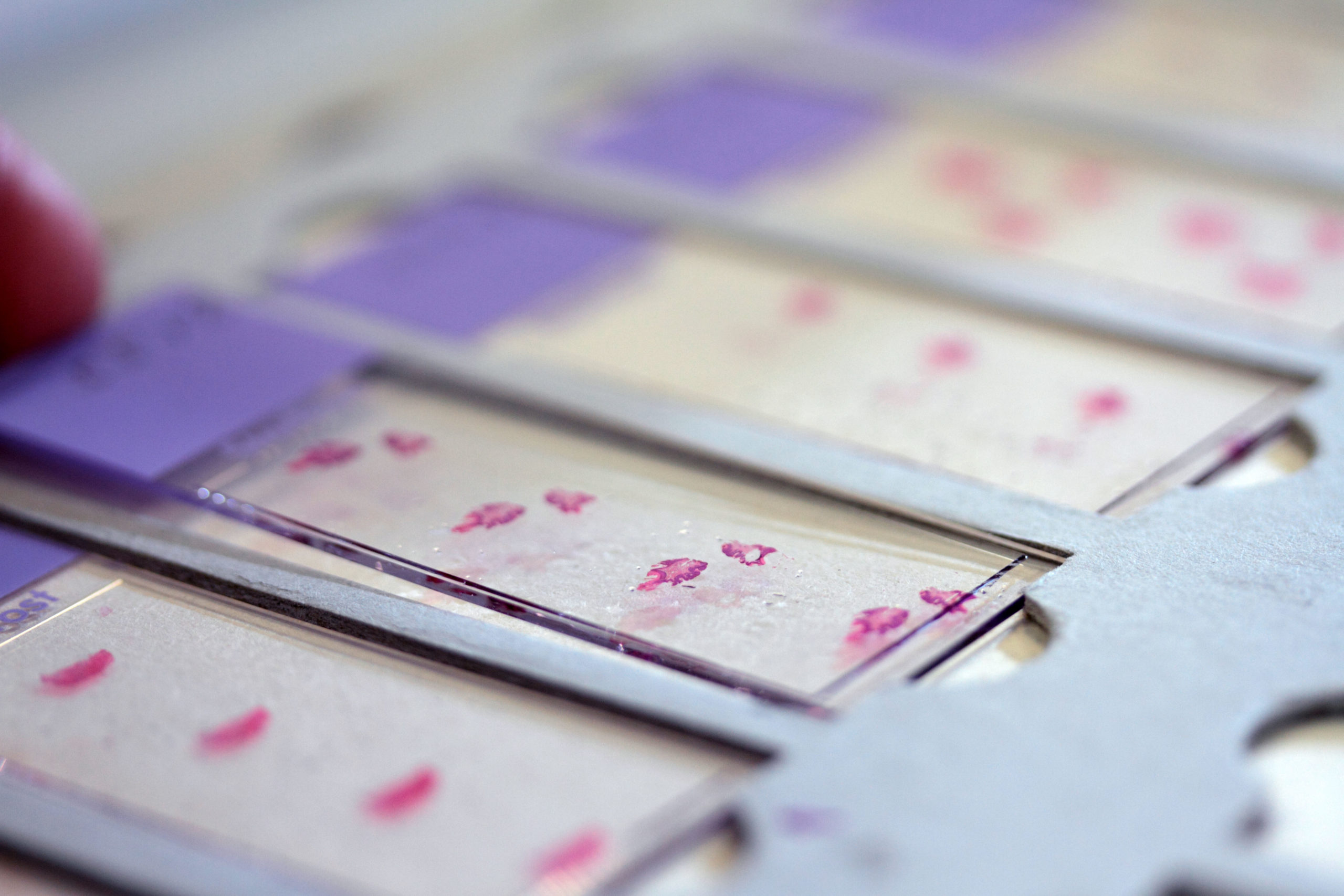
Tissue tropism and infection of a symbiotic system
DESCRIPTION
Tissue tropism and infection are the main topic of this reasearch where they are observated in a symbiotic system.
Dependence on multiple nutritional symbionts that form a metabolic unit has evolved many times in insects.
Although it has been postulated that the host dependence on these symbionts is sustained by their high degree of anatomical integration.
Aphids of the subfamilies Chaitophorinae and Lachninae typically host disymbiotic systems in which the capabilities are integrated by those that are recent symbiont.
We used microscopy approaches to characterize the tissue tropism and infection dynamics of the B. aphidicola and S. symbiotica.
Our observations show that, S. symbiotica has dual lifestyle: intracellular housed in large syncytial bacteriocytes and extracellular invading the digestive tract and other tissues.
This is the first reported case of an obligate symbiont that is firtsly internalized in bacteriocytes and secondly adopts an extracellular lifestyle.
This unusual infection suggests that some bacteriocyte symbionts still exhibit invasive behavior against the host and escape strict compartmentalization in bacteriocytes.
In particular, it shows that co-obligate symbionts can retain highly invasive traits and suggests that host dependence on these bacterial partners may evolve prior to their strict compartmentalization into specialized host structures.